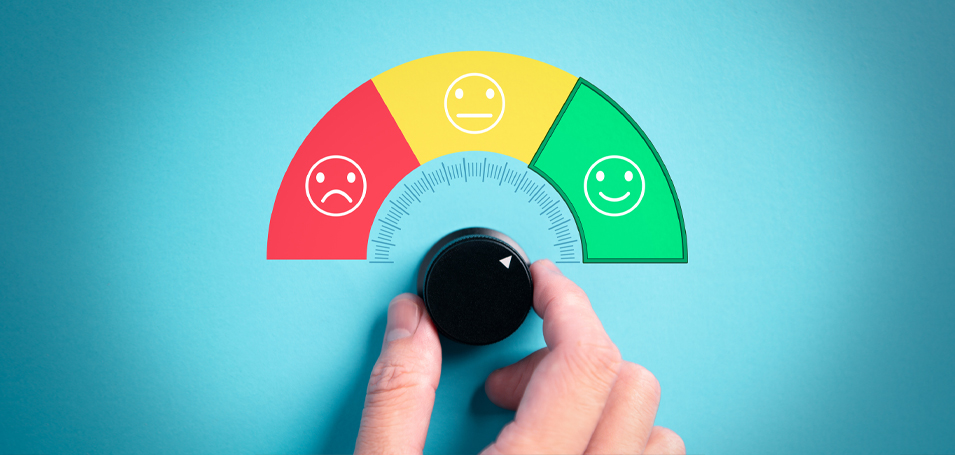All customer training is not created equal.
There are hundreds of learning technologies on the market. All of them offer specialized options to create and deliver training and learning custom fit for your audience and their needs. As training becomes more and more a part of the software customer success playbook, two distinct learning delivery mechanisms emerge: contextual learning and application learning.
Contextual learning addresses how to use the software. It generally offers instruction-based teaching to take the user through a set of steps. As an example, it could be as simple as “Click the button,” “Select from the dropdown,” and “Save.”
Application Learning, on the other hand, addresses uses for the software in the wild. For instance, it might offer ideas on how get the best open rates from your email campaign. Both of these learning approaches are important and necessary for a customer to understand how to use your software and how it can be most useful in their lives.
Layered above these are many different training delivery options such as in-person instructor-led training, virtual instructor-led training and webinars, on-demand learning and courses, microlearning, and in-app videos. Many software organizations—or companies with software products—have already begun the learning delivery journey by leveraging their knowledge base and offering scheduled webinars. As online training becomes more and more robust, these new ways to scale also help drive a positive impact on the customer success lifecycle.
Ultimately, you will need to be in the business of both contextual learning and application learning. Embracing both will help you move the needle on Net Promoter Score, reduce churn, and—for a seasoned customer success group—drive negative churn.
Contextual Learning
Contextual learning focuses heavily on completing a direct task either within a product or by utilizing a product. Continuing the example of email marketing, imagine a user looking to send a bulk email to a specific segment of their company’s audience. Sounds easy enough, but a whole set of choices and tasks need to be executed along the way. They’ll need to add a subject line, pick the recipient segment, choose their design template, add specific content, include a call-to-action button or link, preview their layout, and send a test email.
The user’s objective is to simply send a marketing email. Contextual learning focuses on this task to help them make the right decisions. There are many incredible tools available—such as Appcues, Walkme, and Pendo—that enable organizations to deliver coach-marks, guides, and more. Then, to benchmark how successful users are at those tasks, organizations look at Customer Effort Score (CES).
For a good overview of Customer Effort Score, take a look at this article from Hubspot: What is Customer Effort Score?
Contextual learning is a critical part of the customer success process. Application learning, though, is what moves your customer success outcomes from good to great.
Application Learning
Application learning refers to how your product or product feature can be used to create the most amount of value. These outcomes are what make your customers successful and ultimately more reliant on your technology. They need to experience wins and plenty of them.
Time-to-value is a common metric and key performance indicator in customer success. It measures how quickly a customers experiences positive impact when using your product. However, one tricky aspect of time-to-value is that perceived value can be very different for different users. For instance, a business sponsor may expect something distinct from what a production team member or other more in-the-weeds persona needs from the product. With these kinds of diverse needs at play, it is critical to segment your customers. Work to break down your audience in ways that help you understand what value means to them. Then, implement programs that help them meet those objectives.
This is exactly the moment when training becomes critical, where understanding their level of competency can map directly to a course offering. Learning pathways are a powerful way of curating specific learning content targeted for certain needs and then measuring outcomes to help optimize. Think of pathways as playbooks for each persona at every stage of their learning path. Then, work to deliver the right content at the time when it can be most useful and in a way that matches their learning style and is easy to digest
In contrast to contextual learning, it can sometimes be difficult to deliver useful assistance with application learning, while users are executing a task with your product. Application learning is often a much deeper dive that requires a different delivery model and content strategy.
These two approaches work so well together, though, that once you’ve gotten used to delivering one method it’s not hard to move into the other. In fact, if you are only embrace one and not the other, you be missing out on an important part of the bigger customer success picture.
When both are well executed, expect to see strong outcomes for all of your customer personas.





